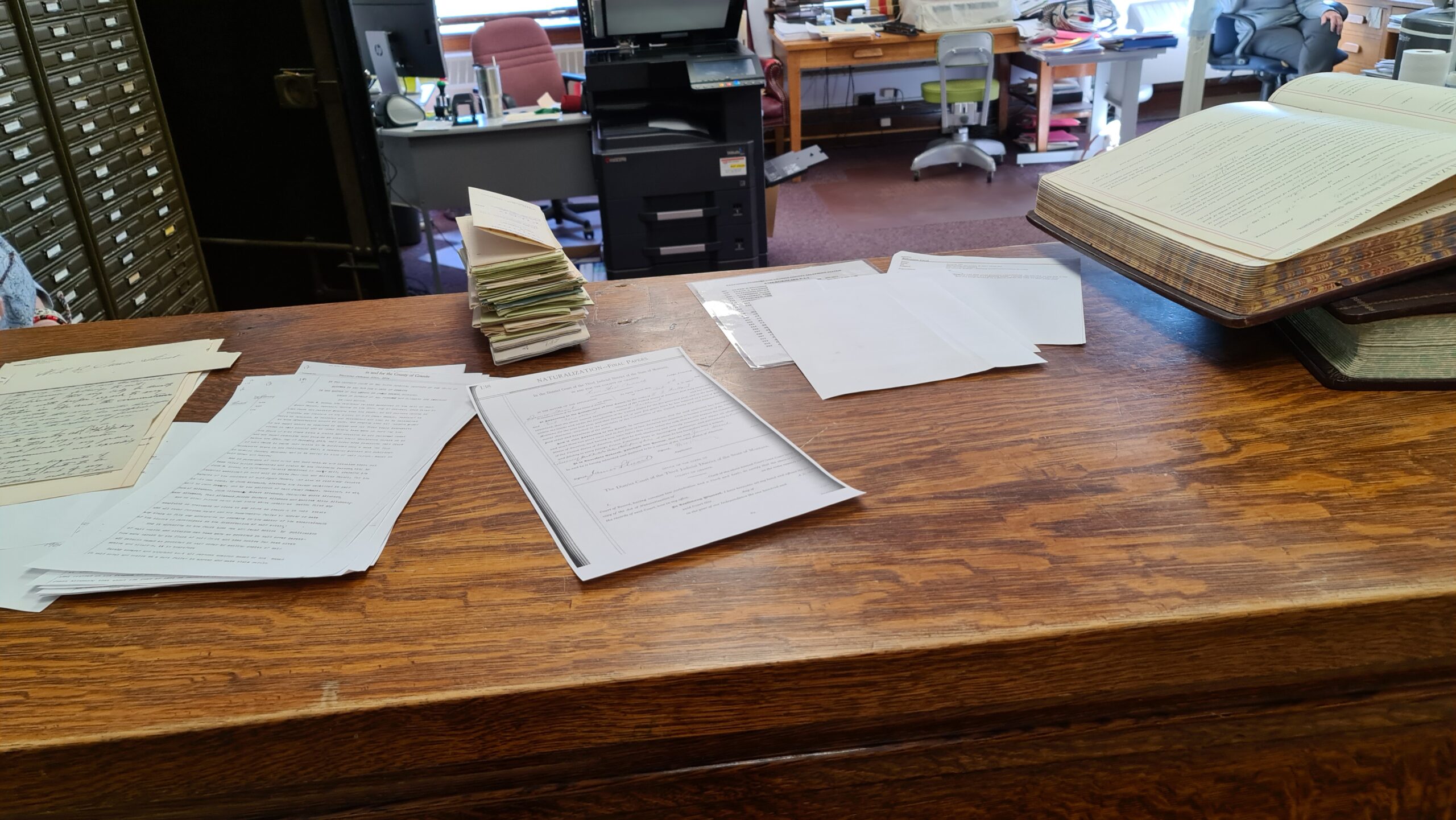Page Under Construction
James Paull Allanach would have experienced many of the trials and tribulations of a journey West in 1882/1883 from New York to Montana that other early pioneers did. Such hardships were recently showcased as part of the hit new Paramount show 1883, which is coincidencently sent in Montana.
The Mullan Pass – Connecting the Continents
When I discovered James had been involved in the construction of the Mullan Pass, I headed up the pass off road to try and find it. Whilst the road down the tunnel head was blocked by snow, I got as far as the summit and overlooking the pass.
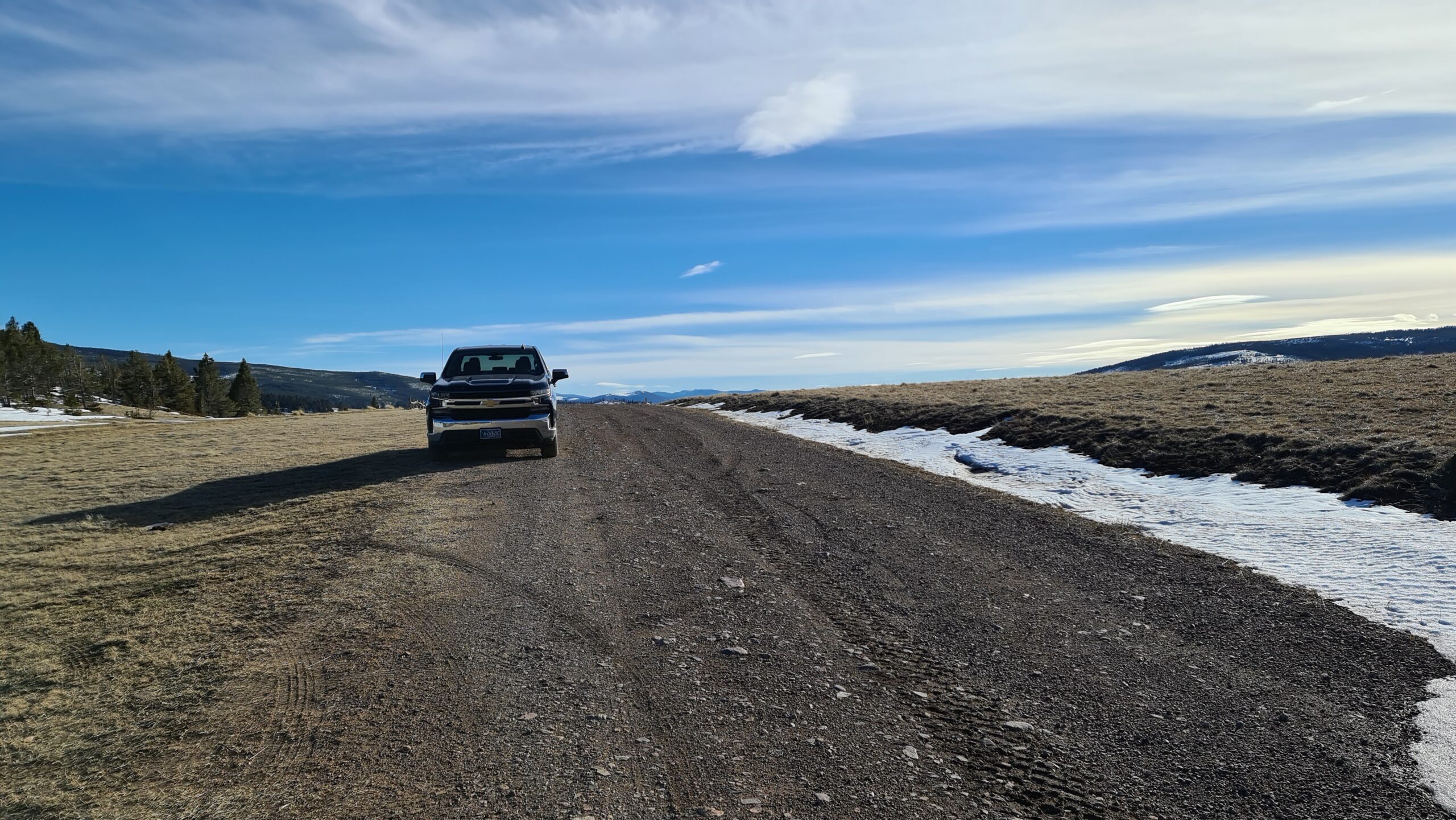

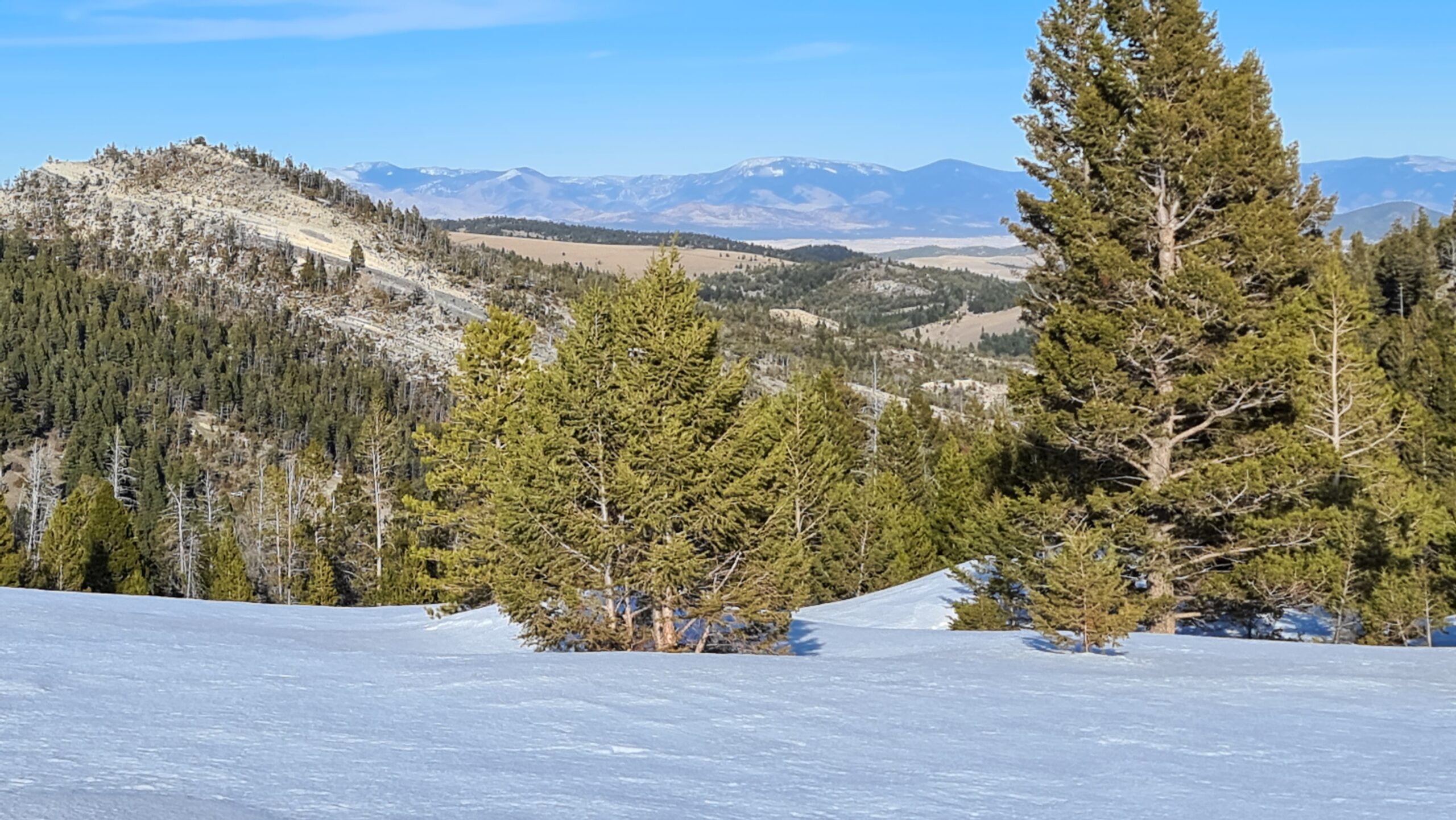
In 1883, construction was completed and a historic day dawned in the US. James would have been rightly proud to have been involved in this project.
September 8, 1883, was a milestone for the people of the United States. It was the day that the growing nation was joined east-to-west with the completion of the northern transcontinental railroad. The Union Pacific and the Central Pacific Railroads had accomplished this task in 1869 by linking New York City with Sacramento, California, but a northern route was deemed necessary, joining the Great Lakes at Duluth, Minnesota to Puget Sound in Washington.
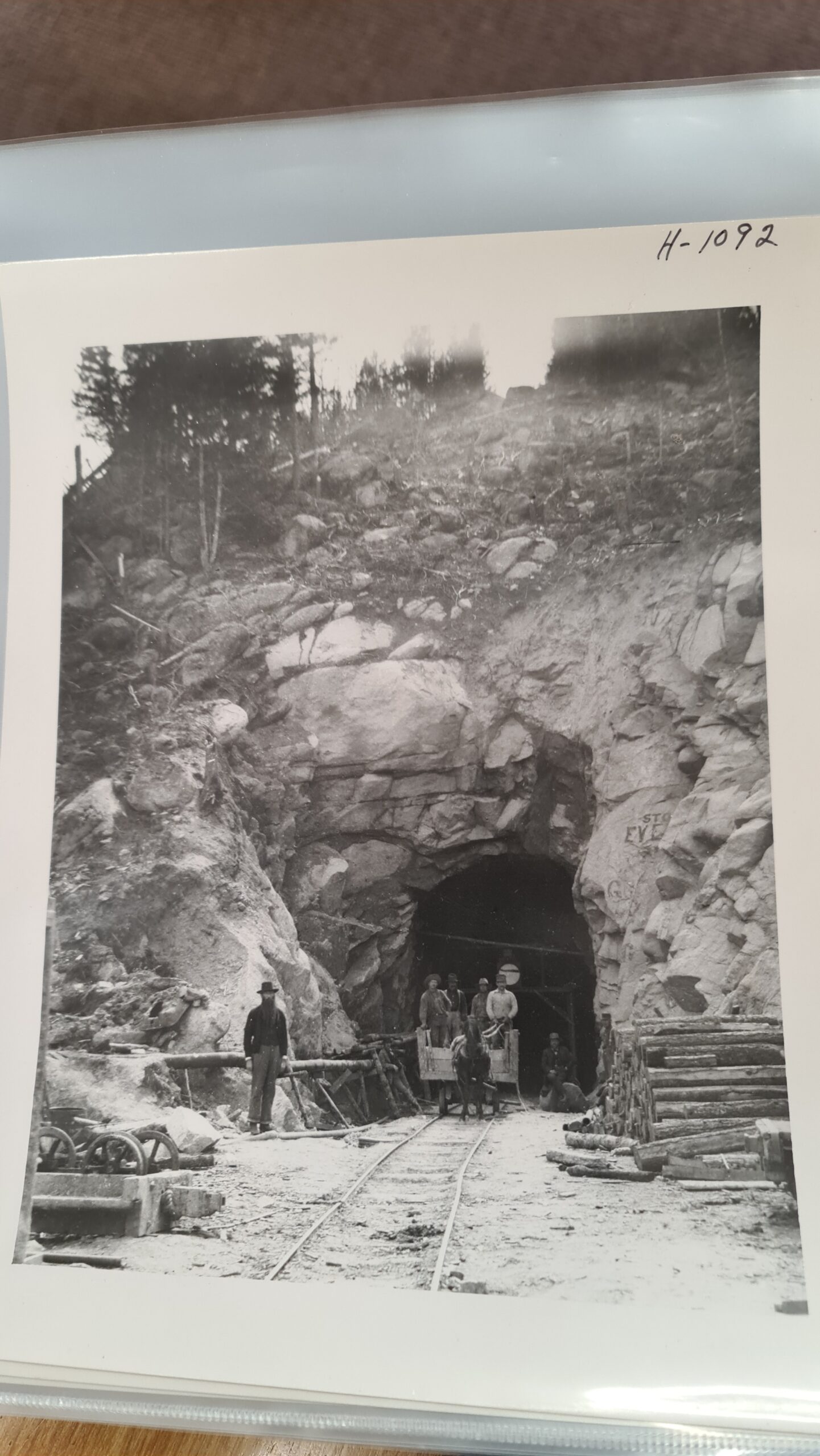
The Northern Pacific Railroad was given a charter by Congress in 1864 and the work began in 1870, one year after the Union Pacific and Central Pacific route had been completed with the golden spike ceremony at Promontory Point in Utah. Following the example of the Union and Central Pacific, the northern route was constructed with two crews, one working east to west and the other working west to east.
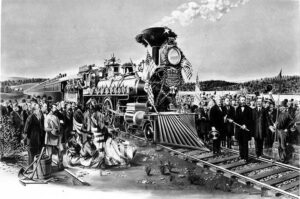
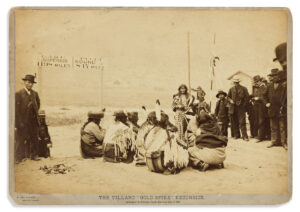
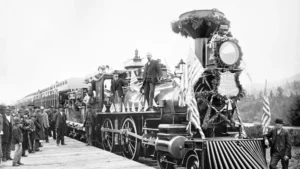

Fouurteen years and 6,800 miles of railroad track later, the two crews met near Gold Creek, Montana (where the first gold in the state was discovered in 1852), about forty miles west of Helena. A lavish celebration was planned for the occasion. Five trains carried dignitaries from the east and the west coasts, with over 300 people there to witness the symbolic driving-in of the golden spike. Those in attendance included railroad officials, former U.S. President, Ulysses S. Grant, governors from all of the states that the railroad crossed; bankers and investors, and foreign diplomats from Europe. One of the most notable dignitaries, however, was Sitting Bull, the Hunkpapa Lakota leader who had guided his people in their efforts to resist the U.S. government and the expansion of white settlers into Lakota territory.
Given James was probably involved in the overseeing of the works (and possibly even as a minor shareholder/ backer of the tunnel), it is likely that he would have attended the ceremony. Who knows, he might even have met Sitting Bull and President Grant!
Philipsburg Montana and the Silver Rush
When I visited Philipsburg, Montana in 2022, it looked very much like it would have done in 1890 :
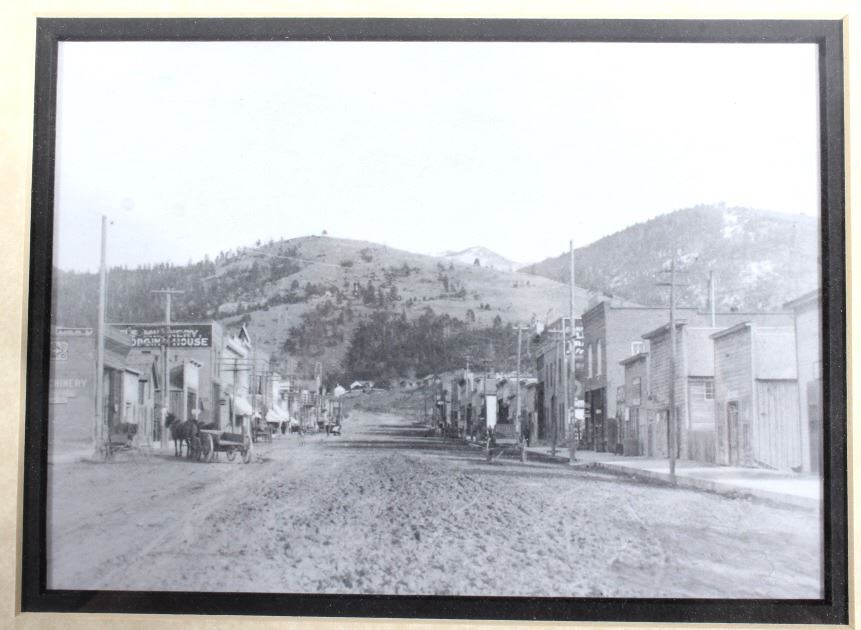
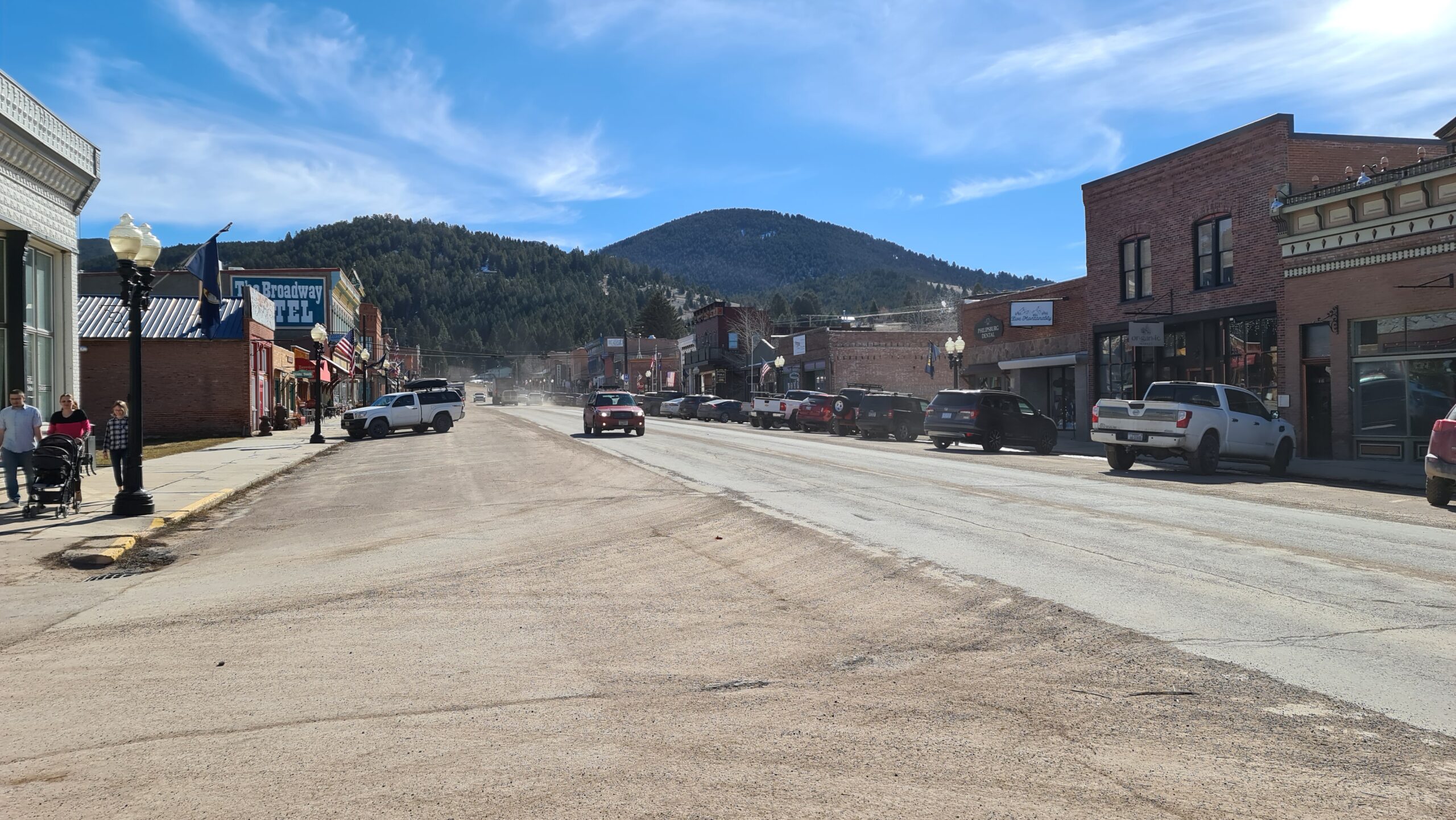
Saloon culture was still prevalent and James’s picture was on the walls. The saloon’s wooden panelling and layout has changed little since James’s days in Philipsburg in the 1890s :
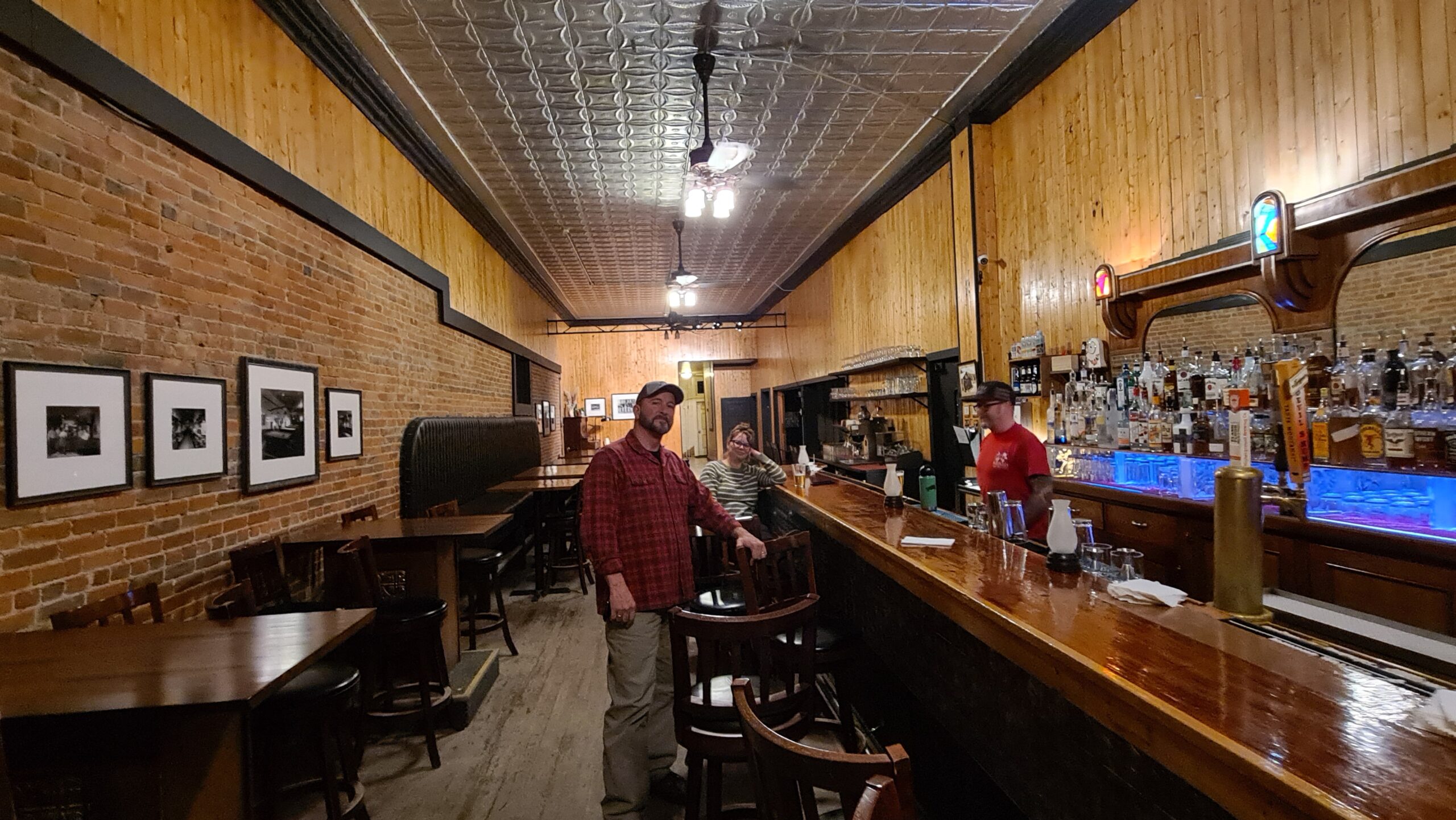
The ‘moustache men’ photo with the twice weekly bullion shipmentwas in multiple saloons/ hotels in the small town. (James understood to be second from left)
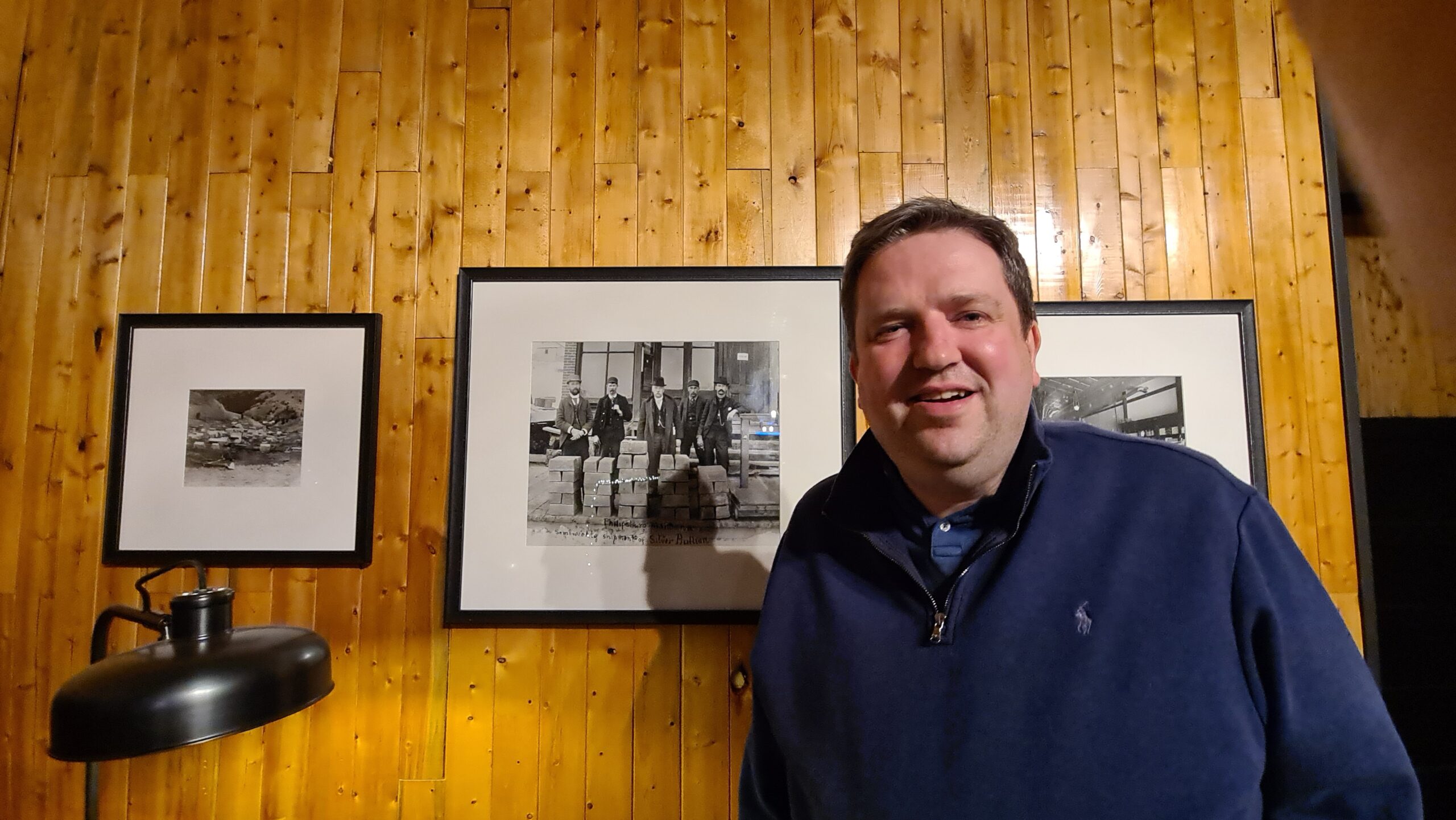
The vaults where James worked as a storeman were now the ‘Vaults’ Bar’.
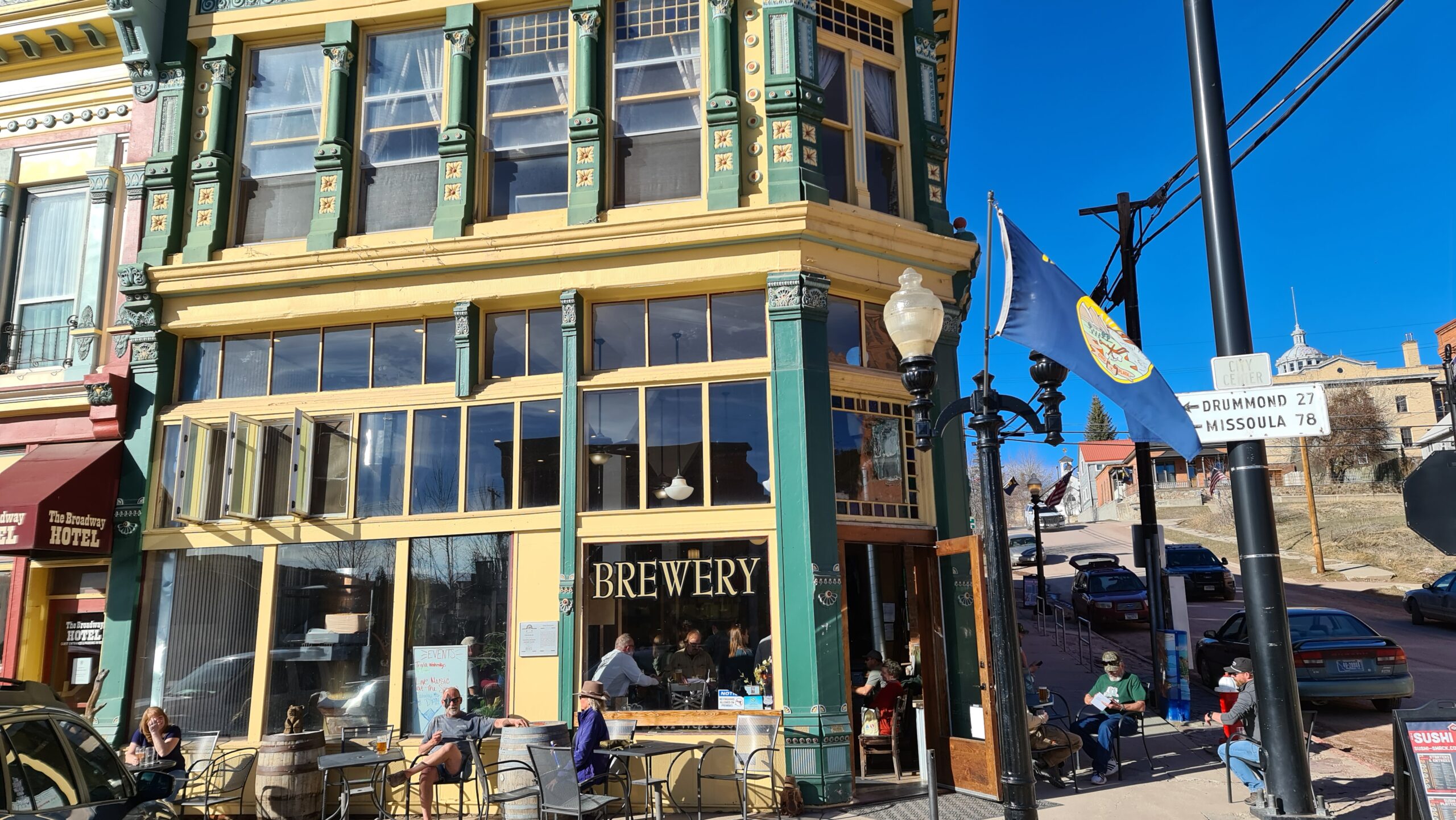

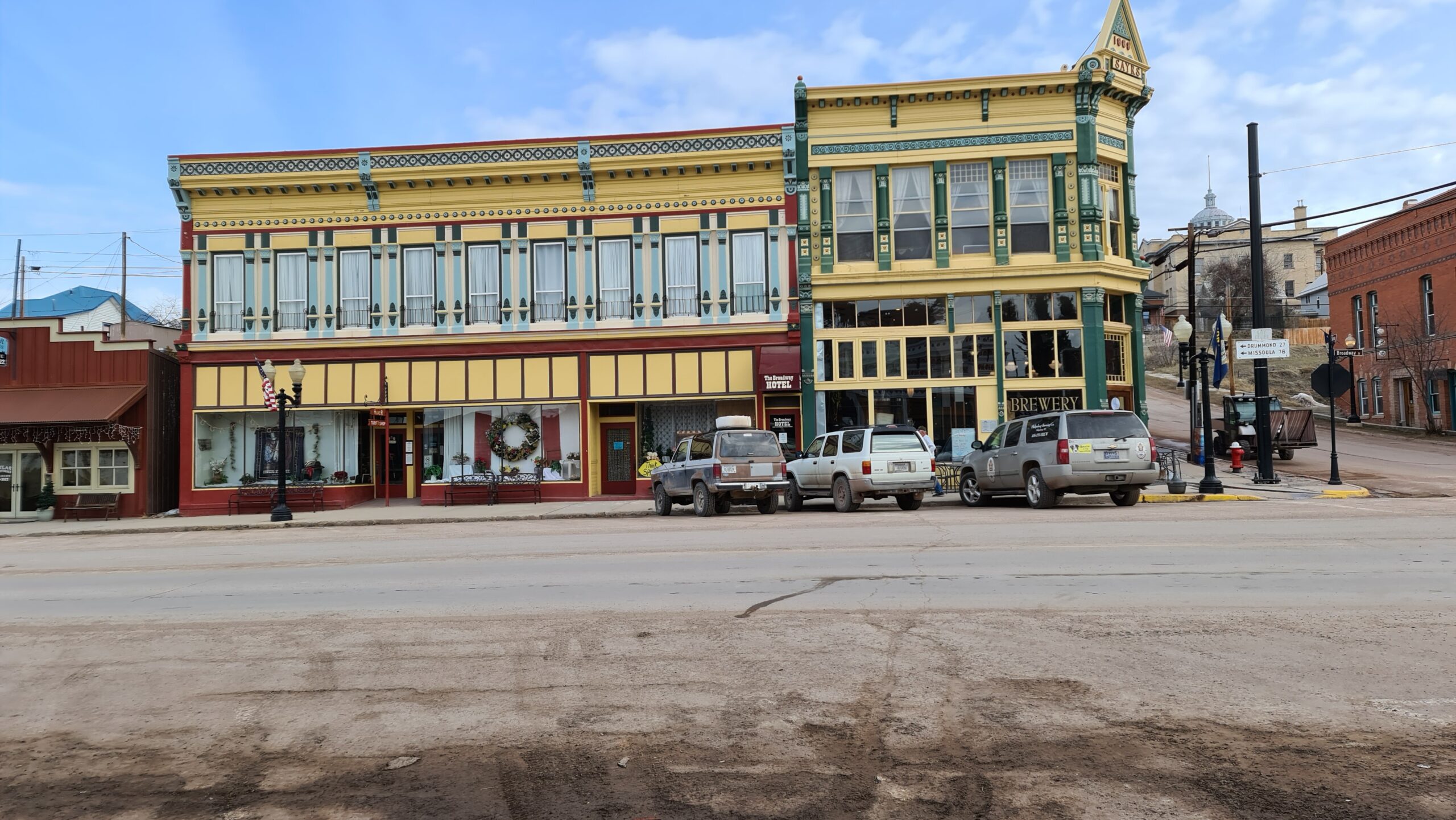

Philipsburg is a beautiful town surrounded by the Rockies. These photos are taken from Stewart’s gulch, which one local told me was named after James :

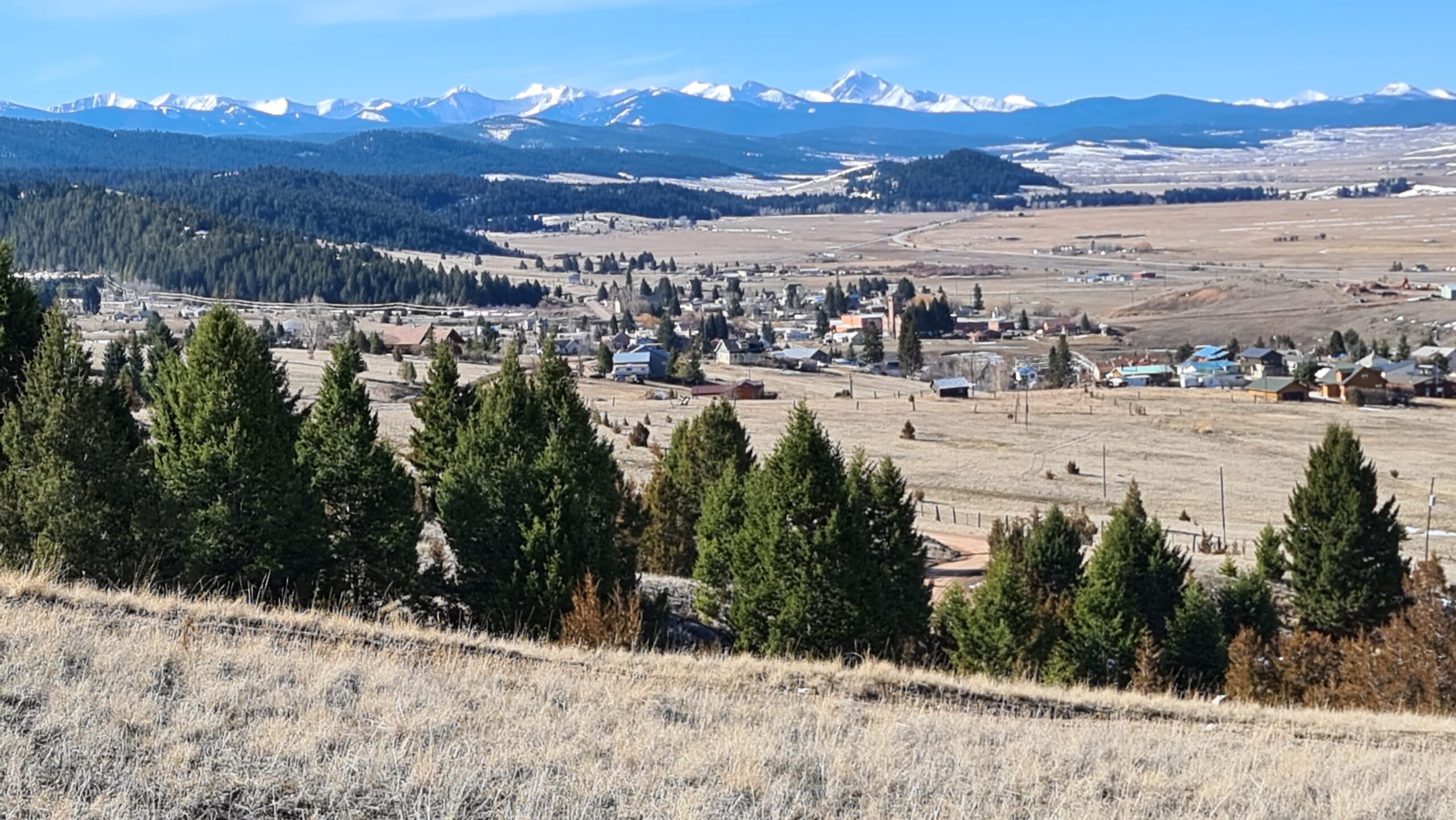
James’s final resting place :
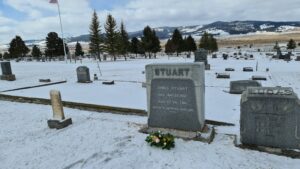
The Bi-metallic is now just a ruin :

James’s will was disputed which left behind a big collection of papers (letters from family in Britain) at the Montana Historical Society in Helena

And at Granite County Court House in Philipsburg.